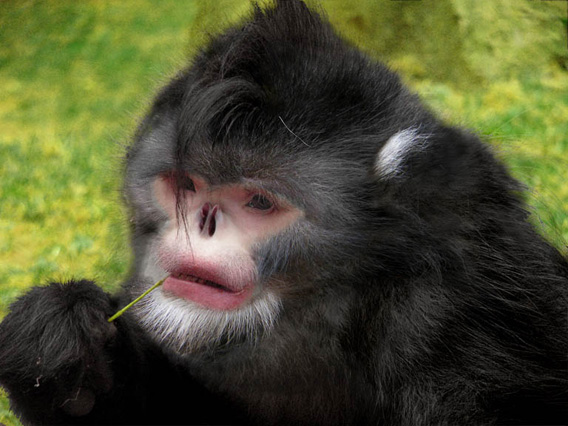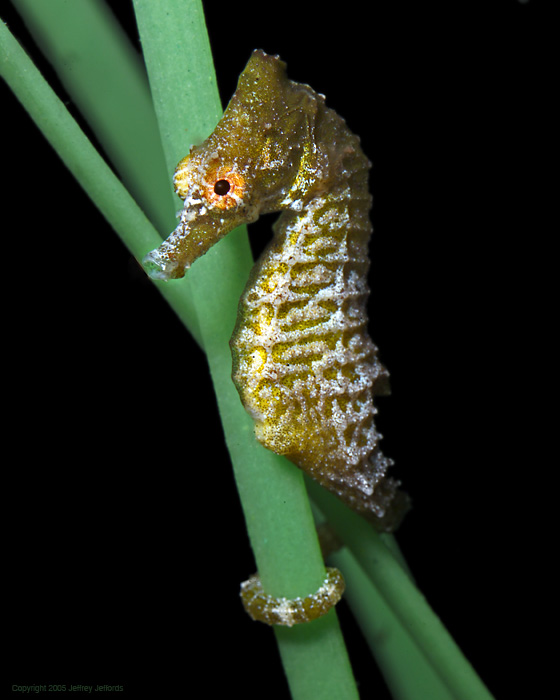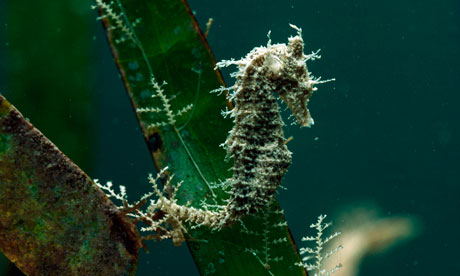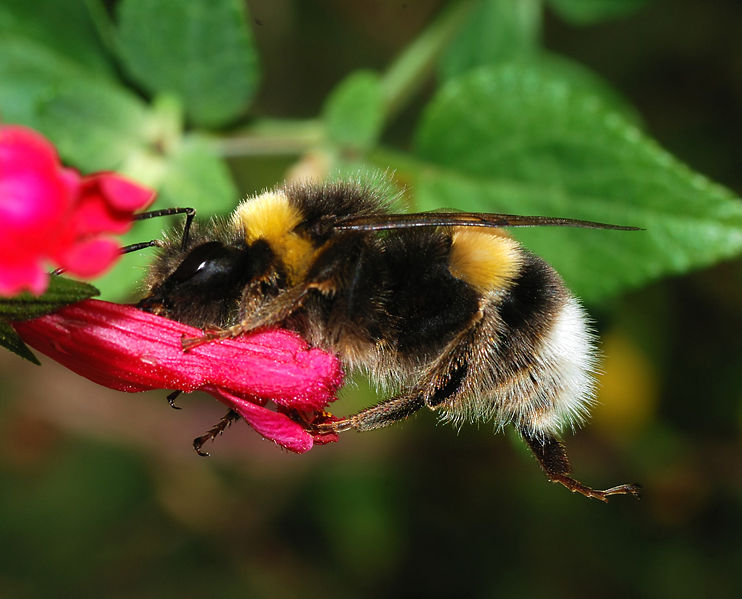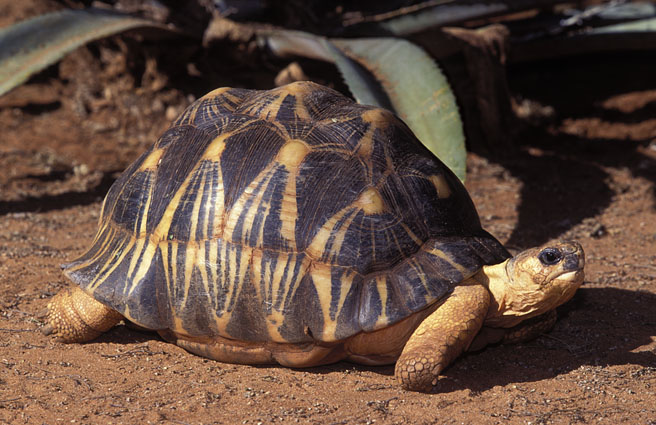The numbat is a little-known marsupial native to Western Australia. The endangered creature, also called the Banded Ant Eater, actually doesn't eat ants at all! They instead feed exclusively on termites, utilizing their long, sticky tongues when the termites crawl out of their mounds. They are quite different from most other marsupials because of their diurnal nature, they are active during the daytime. They put themselves in danger to predators during the daytime because it is the most active time for their termite prey as well.
The numbat was perhaps most affected by the introduction of feral cats, red foxes and rabbits into their territory. The rabbits have overpopulated areas where the numbats had previously dwelled. The foxes and feral cats prey upon the numbats while they sleep in hollow logs, the cover being the only way they protect themselves while they sleep at night. The importance of the log shelters has made the numbat population dependent upon the existence of wooded areas. As Australian populations and development have increased, the number of forests, and their logs have decreased. Current conservation efforts include protection for the numbat under Australian threatened species law, and fox population control.







